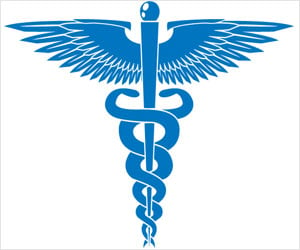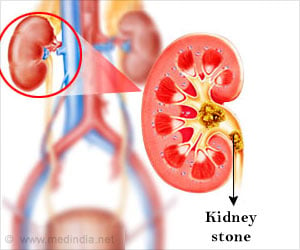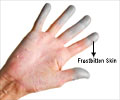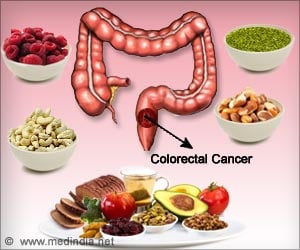Extracorporeal shock wave therapy can be good treatment option for scleroderma patients with finger ulcers
Highlights
- Low energy Extracorporeal shock-wave therapy can treat finger ulcers effectively in scleroderma patients
- Scleroderma or Systemic sclerosis is a serious and rare autoimmune disease that affects the skin and other various organs
- Systemic sclerosis (SSc) patients often have Raynaud’s phenomenon as a complication, which can cause finger ulcers
- Low Energy extracorporeal shock wave therapy can effectively stimulate new blood vessels formation and various growth factors for faster and long-term healing.//
Systemic sclerosis also called scleroderma, is a serious and rare autoimmune disease that affects the skin and other organs. Severe complications may include kidney disease, pulmonary arterial hypertension (PAH), lung inflammation or gastrointestinal problems.
Extracorporeal Shock-Wave Therapy and it’s Effectiveness on Finger Ulcer
Low-energy, extracorporeal shock-wave therapy (ESWT) is effective at stimulating growth factors and the formation of new blood vessels, and healing these skin wounds, so a group of researchers in Japan conducted a study to test the effectiveness of this therapy.
"Digital ulcers are a severe complication of SSc caused by microvascular impairment and persistent vasospasm associated with Raynaud’s phenomenon.
Several studies have shown that approximately 50 percent of SSc patients experience digital ulcers. Ten percent require continuous therapy, and one percent exhibit severe symptoms such as gangrene," said Tomonori Ishii, MD, a researcher at Tohoku University Hospital in Sendai, Japan and a lead author of this study.
The study included 60 SSc patients with refractory digital ulcers who had no response to intravenous prostaglandin E1 therapy for at least four weeks. Thirty patients were treated with ESWT, while the other 30 patients were treated with currently available therapies. Patients in the ESWT group were allowed to continue their pre-study treatments as well. Patients were evaluated after eight weeks of therapy.
In addition, 70 percent of the patients in the ESWT group experienced a decrease in the total number of their digital ulcers after eight weeks, compared to 26.7 percent of the patients in the conventional treatment group.
During the follow-up period, an average of 1.57 new ulcers formed in patients from the conventional treatment group, compared with 0.23 new ulcers for those treated with ESWT.
The patients in the ESWT group reported no serious adverse events in association with the therapy during the eight-week study.
The researchers concluded treatment with ESWT is minimally invasive, well tolerated, does not require anesthesia and can result in clinically meaningful improvement for SSc patients with refractory digital ulcers.
"Low-energy ESWT may be a new approach to managing digital ulcers associated with SSc. ESWT has a strong and rapid effect for ulcer healing. It also has potential and unexpected benefits. First, ESWT may be effective in treating the pathology. It aims to stimulate neovascularization and is not intended to dilate damaged vessels," said Dr. Ishii.
"It is a non-pharmacological treatment that may avoid the adverse effects that are inevitable with medication. It can be used in patients with severe disease, including renal, cardiac, and respiratory failure, as well as gastrointestinal tract disturbances.
Moreover, its safety may enable treatment repetition with efficacy. In addition to treating ulcers, ESWT may help eliminate pain, which is the most severe and persistent complaint of these patients."
Reference
-
Shock-Wave Therapy Successfully Treats Finger Ulcers in Scleroderma Patients - ( https://www.rheumatology.org/About-Us/Newsroom/Press-Releases/ArticleType/ArticleView/ArticleID/843)
Source-Eurekalert














